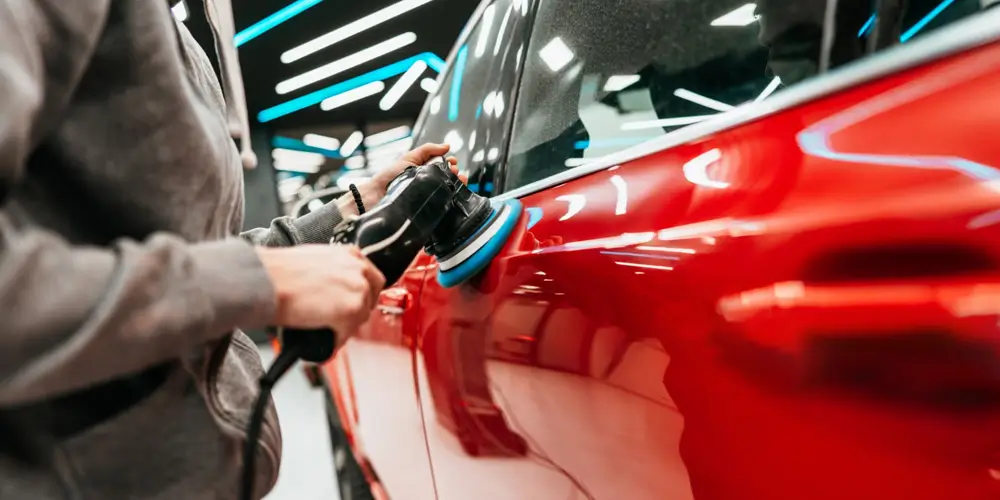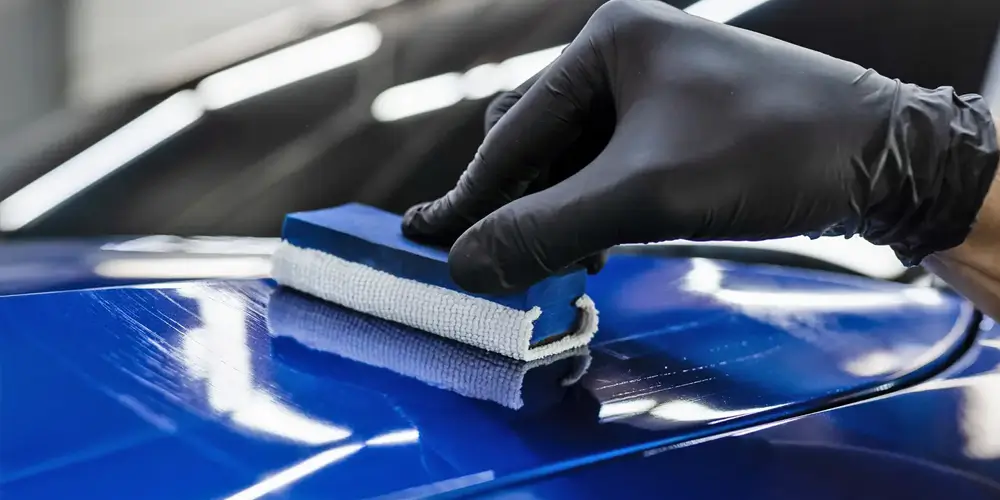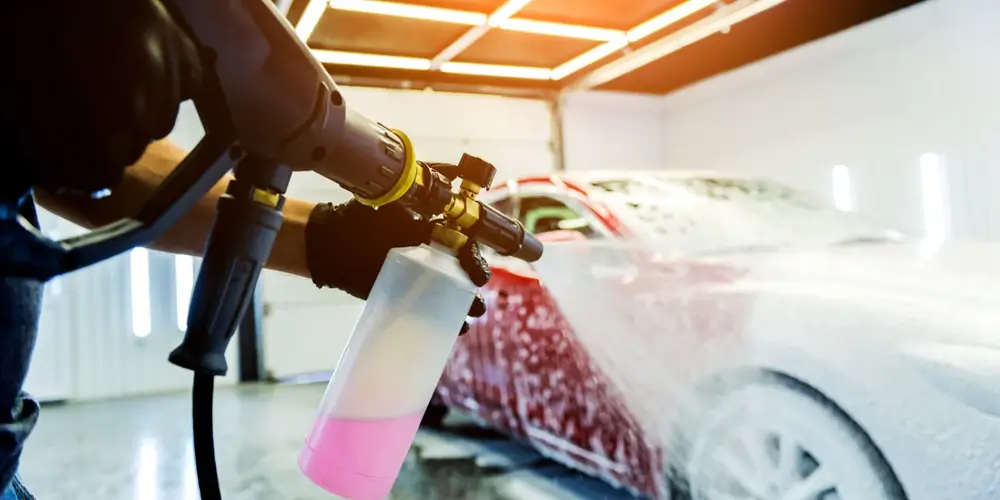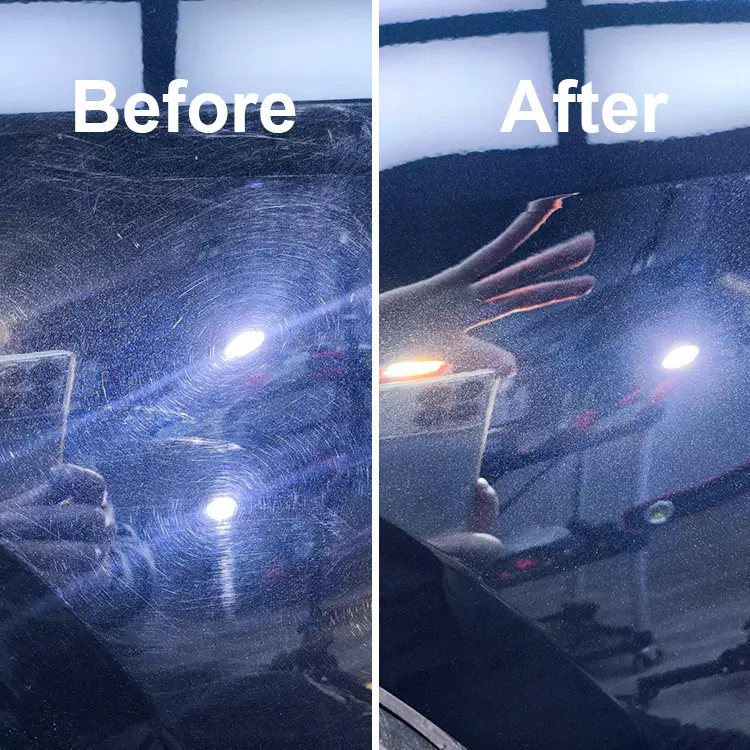Compound or Polish First: Essential Guide to Automotive Detailing for Professional Success
In the world of automotive detailing and paint correction, one of the most commonly asked questions is, "Should I compound or polish first?" This decision can significantly affect the outcome of the detailing process, making it essential for professionals in the automotive care industry, such as car detailing shops, repair centers, and import wholesale distributors, to understand the nuances between these two techniques.
At SYBON, a leading manufacturer of high-quality automotive polishing compounds and waxes, we have years of expertise in the formulation and application of polishing products. Our range of products has been well-received worldwide, earning us a strong reputation among consumers and establishing long-term, stable partnerships with distributors across the globe. As we continue to innovate in the field of automotive care, we aim to guide professionals in making the best decisions when it comes to the use of polishing compounds and waxes.
In this article, we will explore the differences between compounding and polishing, and offer insights on how to use these products effectively to achieve superior results. Whether you are a car detailing business owner, an auto repair center, or an importer looking to distribute high-quality automotive care products, this information will help you understand the importance of choosing the right approach in your detailing routine.
Understanding the Role of Compounding and Polishing
To begin with, it’s important to distinguish between compounding and polishing, as these two terms are often used interchangeably but serve different purposes in the automotive detailing process.
1. Compounding
Compounding is typically the first step in restoring a car’s paintwork. It involves using a heavy-duty abrasive compound to remove imperfections, such as deep scratches, swirl marks, oxidation, or other surface damage. A compound is typically used with a rotary or dual-action polisher, which helps to apply the compound evenly while removing the top layer of damaged paint.
Key characteristics of compounding:
a. Aggressive Abrasives: Compounds contain stronger abrasives that cut into the surface of the paint to eliminate imperfections.
b. Surface Restoration: It is used primarily to restore the clarity and smoothness of the paint by removing the top layer of damaged or oxidized paint.
c. Preparation: Compounding prepares the paint surface for polishing and waxing by leveling out imperfections.
2. Polishing
Polishing is a more refined process that comes after compounding. It is designed to enhance the paint’s clarity and depth by smoothing out the micro-level scratches left by compounding. Polishing products have finer abrasives and are used to refine the paintwork for a mirror-like finish.
Key characteristics of polishing:
a. Fine Abrasives: Polishes contain finer abrasives, which help to smooth the surface without causing additional damage to the paint.
b. Refinement: The goal of polishing is to refine the surface after compounding, removing any remaining micro-scratches or haze and creating a glossy finish.
c. Enhance Paint Color and Depth: Polishing restores shine and brings out the depth and richness of the paint, enhancing the overall appearance.
Compound or Polish First: The Ideal Sequence
The sequence of compounding and polishing largely depends on the condition of the paint and the desired outcome. Here’s how to determine the right order for your detailing process:
1. Compounding First
If your vehicle’s paint has visible imperfections such as deep scratches, swirl marks, or oxidation, compounding should be your first step. The compound will effectively remove these imperfections, leveling the paint surface and preparing it for the next step.
2. Polishing After Compounding
Once you have completed the compounding process, it’s time to switch to a polish. Polishing will smooth out the surface, removing any fine scratches or haziness that may have been caused by the compounding process. This step is crucial in achieving a high-gloss, showroom-quality finish.
3. When to Skip Compounding
In some cases, especially if the vehicle’s paint is in relatively good condition with only minor imperfections, you might choose to skip compounding and go straight to polishing. This can save time and is a less aggressive approach that still results in a beautiful finish.
SYBON's Expertise in Compounds and Polishes
At SYBON, we manufacture a wide range of high-performance automotive polishing compounds and waxes designed to suit the needs of professional detailers, car repair centers, and distributors worldwide. Our compounds are known for their superior cutting ability, allowing for the removal of significant paint imperfections, while our polishes are designed to refine and enhance the paint’s clarity and shine.
Here’s why SYBON is the ideal partner for your automotive care needs:
1. High-Quality Formulation: Our products are made with advanced technology and premium ingredients to ensure exceptional performance and reliability.
2. Global Reach: We have built a solid reputation with customers across the globe, supplying automotive care products to various markets and industries.
3. Trusted Partnerships: SYBON has long-established relationships with international distributors and agents, providing reliable supply channels for all your needs.
4. Comprehensive Product Range: We offer a full spectrum of products for car detailing, from polishing compounds to waxes and maintenance solutions. Our product range is carefully curated to ensure compatibility and outstanding results.
5. Commitment to Quality: We adhere to strict quality control standards, ensuring that every product we manufacture meets the highest performance and safety requirements.
Benefits of Partnering with SYBON
For importers, wholesale distributors, car beauty shop owners, and automotive repair center operators, partnering with SYBON offers several benefits:
1. Reliable Supply Chain: With our global manufacturing capabilities and well-established logistics network, we ensure that our products are available when and where you need them.
2. Competitive Pricing: As a leading manufacturer, we are able to offer high-quality products at competitive prices, helping you maximize your margins while offering excellent value to your customers.
3. Comprehensive Support: We provide full technical support, including product training and marketing materials, to help you effectively promote and sell our products.
4. Long-Term Partnerships: We value long-term relationships with our partners and work closely with you to ensure your success in the automotive care market.
Conclusion
The question of whether to compound or polish first is essential in achieving a flawless finish on a vehicle. While compounding is the first step for removing heavy imperfections, polishing refines the surface and brings out a deep, glossy shine. At SYBON, we offer premium compounds and polishes that cater to professionals seeking the best results in automotive detailing. If you are an importer, wholesale distributor, or automotive service provider, we invite you to connect with us through our website form to discuss potential collaborations.
With our high-performance products and years of expertise in the industry, SYBON is your ideal partner for all your automotive care needs. Join us and provide your customers with world-class solutions that restore and enhance the beauty of vehicles, one detail at a time.
For more information, please reach out to us through the contact form on our website. Let’s work together to achieve excellence in automotive care.
Source of this article:https://www.sybonbest.com
Get to know us through more channels:




